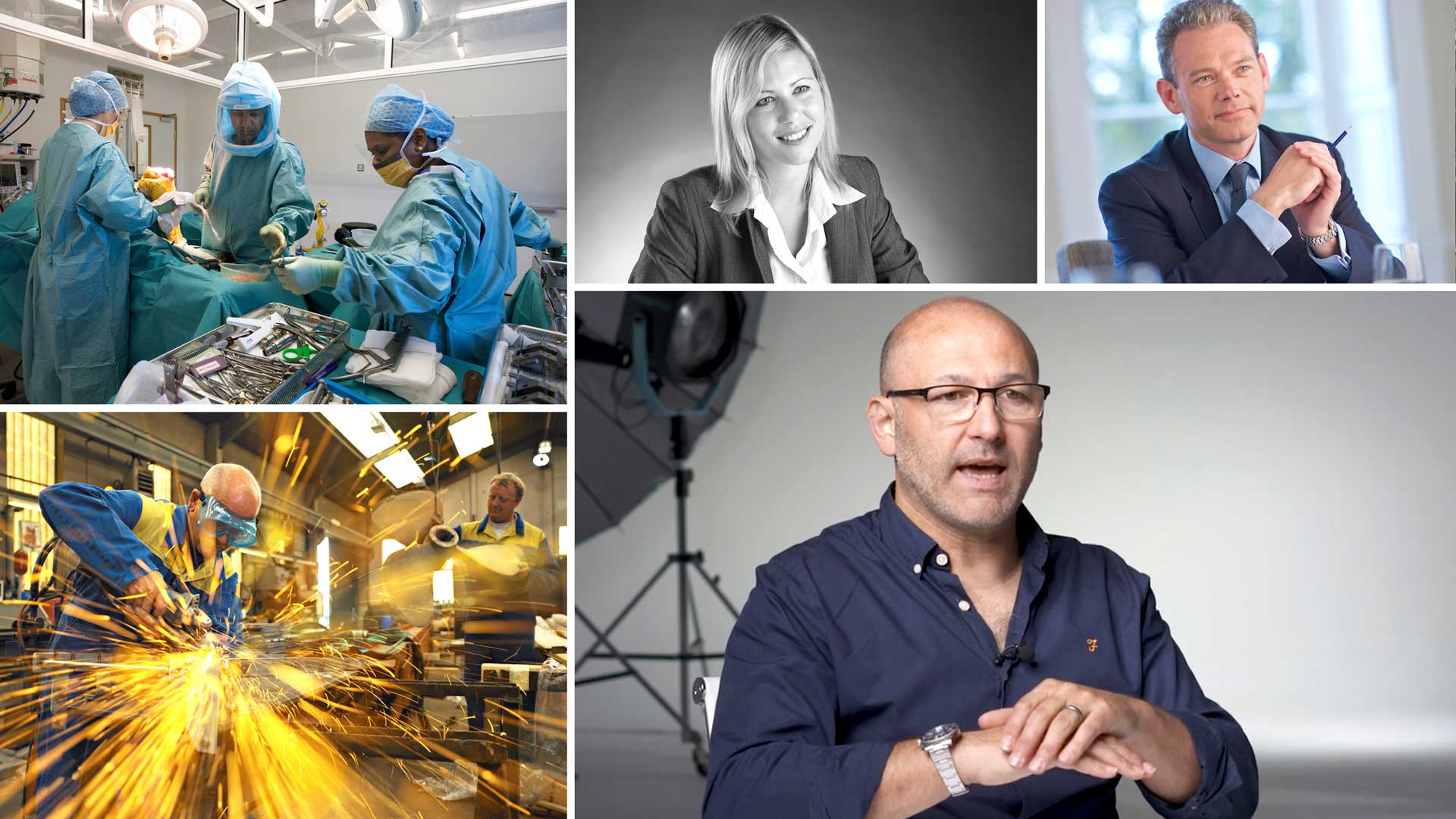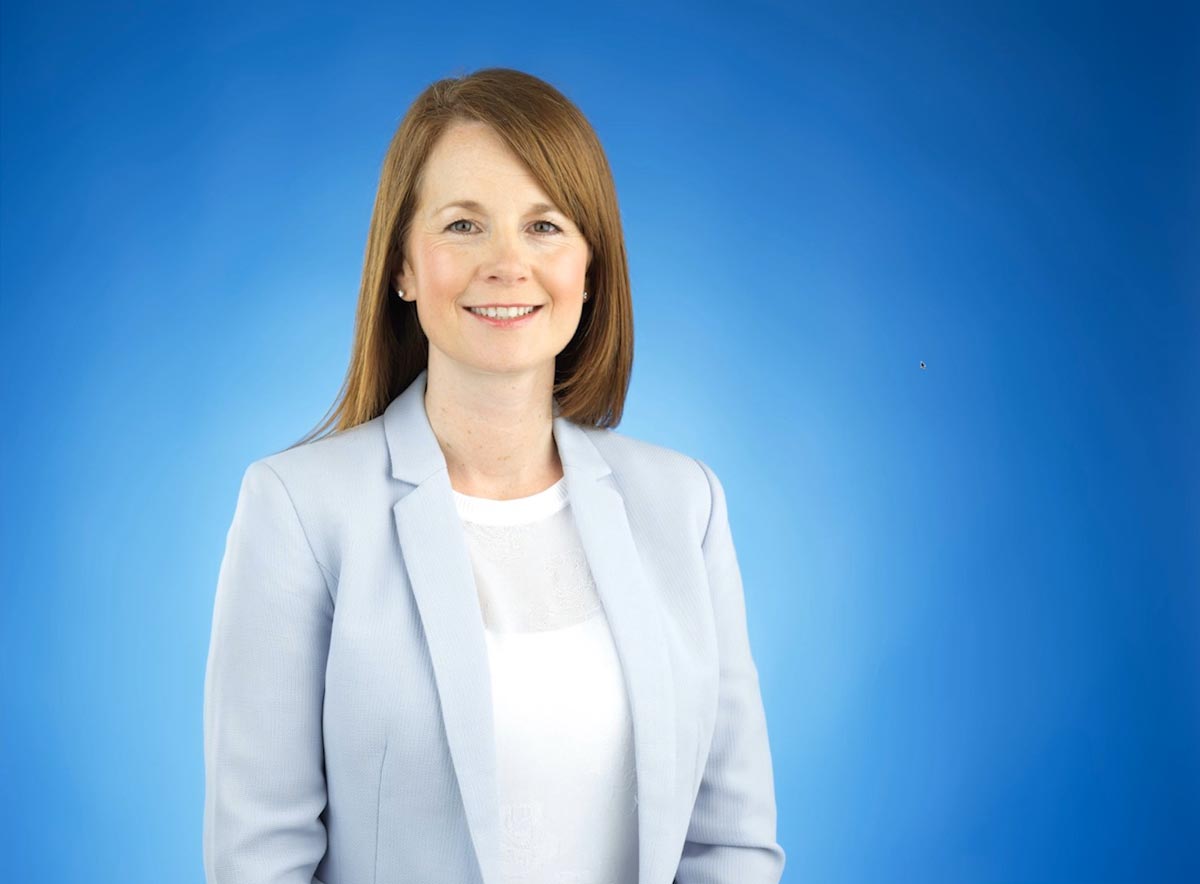Business Portrait Theory
Throughout our site you’ll find a number of classes covering how to photograph business portraits. These cover techniques such as lighting setups, camera settings and equipment choice, but what about how to organise a business shoot, how to put a nervous person at ease or how to choose which images to present to the client?
In this class, Karl provides a wealth of information about the more ‘theoretical’ elements relating to business portraiture. Starting with pre-shoot considerations such as call sheets, Karl also explores important considerations such as how to put your subjects at ease, how to pose your subject, what to look out for when working on location, what level of post-production is needed and how to select which images to present to the client.
In this class:
- What are call sheets and how to use them
- How to pose subjects for business portraits
- How to put clients at ease before a shoot
- Selecting which images to present to the client
- What to look out for when shooting on location
- What backgrounds to use for business portraits
- Recommended focal lengths for business portraiture
- How much post-production is required for business portraits
Questions? Please post them in the comments section below.
Tips for photographing business portraits
1. Use a call sheet
A call sheet can be a useful tool for communicating important details about the shoot.
Login or sign up to download the “Business Portrait Call Sheet”
2. Make your subject feel comfortable
There are many reasons people may feel uncomfortable having their photos taken. Take the time to talk this through with your subject and help put them at ease.
3. Idle hands make for awkward photos
If your subject doesn’t know what to do with their hands, give them something to do. This could be simply holding a pen or putting putting them in their pockets.
4. Don’t get caught out on location
Shooting in location comes with far more challenges than working in the studio. Take the time to look around the location, understand the light and find where the shot works best.
5. Don’t neglect the post-production stage
Business portraits don’t require heavy retouching, but taking the time to fix stray hairs or remove pimples will always be appreciated.
To learn more about business portrait lighting setups, visit our Portrait section. Or, alternatively, watch our ‘Business Portraiture and Headshots‘ live show replay.






Comments
Great video with a lot of interesting information, as usual.
Do you recommend to hire a professional make-up for this kind of portraits?
Hi Jordimac, no I don’t think a professional make up artist is necessary and it would usually make the budget too high for clients for business portraits.
is it a class that explain how to shot invidividual a person and put them together for the group shot? (1 hour and 30 for your video)
Hey Karl, how are you keeping? Thanks so much for all the great info and instructions in these videos.
I’m just wondering as you say 100mm is the limit you’d shoot a portrait at, (on 35mm camera), would/could you stretch that to 105mm, or is that ‘no good’ as regards the reasons for your limit? I have a Sigma 105mm f2.8 Macro Art on a full frame Sony A7RIII. Gorgeous sharp lens that can do great portraits too, by many accounts. Would you say that’s still ok to use for portraiture, if a 100mm was acceptable?
If it is still good to use, I’m about to pick up a Sigma 24-70mm f2.8 Art series lens, which many consider as sharp as some primes, would you say use the 70mm on that over the 105mm, or is it horses for courses?
Thanks a million!
Kindest regards,
Craig
Hi Craig, yes the limit would actually be 135mm in full frame 35mm format. But I’d prefer between 80-100mm (105 won’t make much difference). Cheers Karl.
This video was excellent. My weakness is that I watch to many videos and don’t grab my camera to practice.
However, for curiosity, How much should a photographer charge for a location job? Does it depend on how many people you have to photograph? Can you give estimates please?
If and when I decide to do anything in photography, I would hate to overcharge of undercharge.
I probably going to try to do some for free after I can buy some lighting gear.
P.S. Thank you for covering shutter speed and focal lengths. Beginners like me needs to hear basics over and over again.
Thank you
Hi Mark, for pricing you should take a look at our business section, there is a class on pricing: https://visualeducation.com/business/ most commercial photographers work on a day or half day rate but in instances where you have lots of business portraits to shoot that may not be the best way to price as it doesn’t account for the many hours required in post production. For example, I could set up and shoot 40 business portraits in half a day but it would be foolish to just charge a half day rate as there would be 40 shots to select, grade and retouch. As such many photographers have a rate for turning up and setting up and then a rate per person, with the rate getting less per person if there are more people to shoot.
KTE over delivers again..
Thank you KTE much love.
Thank you very much!
Your best lecture so far, the technical details can be master with study and repetition, but the ability to resolve the multiple issues in dealing with human sensitivities can not be taught. I have been practice a highly surgical specialty, and still find your essay enlightening . Thank you.
Thank you Marco.
Excellent work and tips in the background as usaul! I missed you the classes because I was busy with issue that need my immediate attenched.
Thank you,
Shadia
Thank you.
Excellent work and tips in the background!
Hi Karl,
As usual this was a very helpful session, especially these more in depth explanations. It’s all good and well seeing you do things, sometimes these more theoretical explanations can be very beneficial.
I do have one specific question regarding lenses and focal lengths for portrait in general, not just business portraits. I’m using a Sony A7III full frame camera and own a 85mm F1.8 lens. This is not one of their top of the line GM lens, but still quite good. I’m still uncertain whether I should exchange that lens with their GM 85mm F1.4 lens, or add the GM 135mm F1.8, which so far every review has been absolutely glaring, but sometimes one has to be careful with these reviews anyway. Even if you probably don’t know these particular lenses, what would be your recommendation, change the 85mm to their top lens or add the 135mm?
Cheers, Ralf
Is the call sheet a give and take iterative process? It sounds like, for instance, you should scout the place if you are going to do location work and then make recommendations. Or, if the company gives you specifics on the style, where you are making recommendations of coordinating colour suggestion and avoidances.
Much of what you are saying seems so logical. It is great to hear it articulated. Excellent Video.